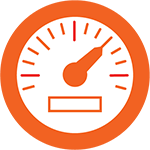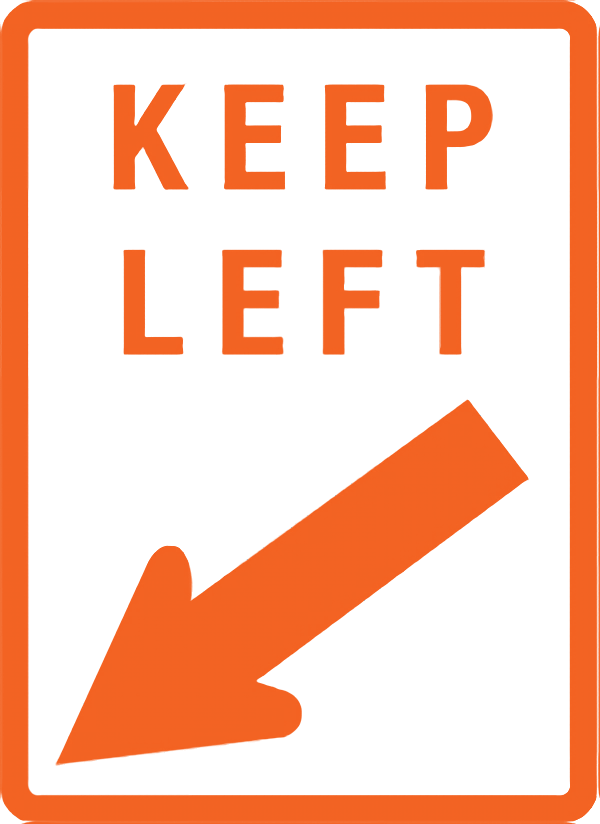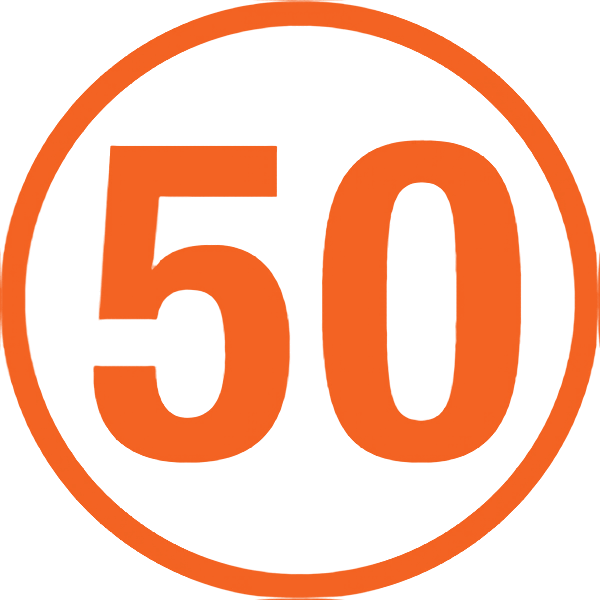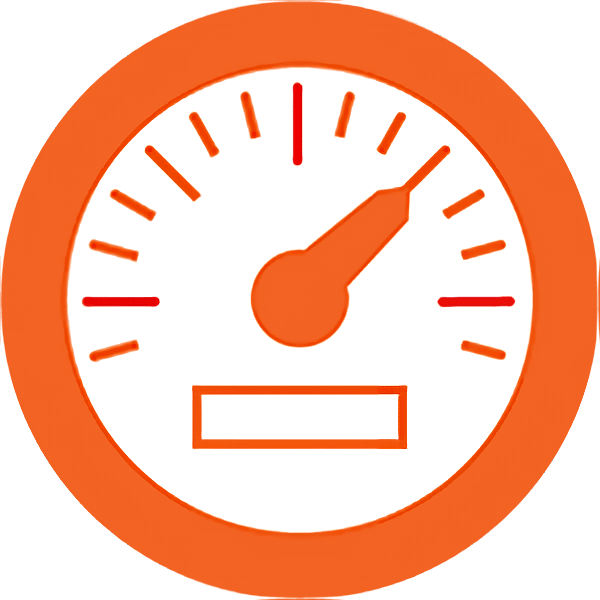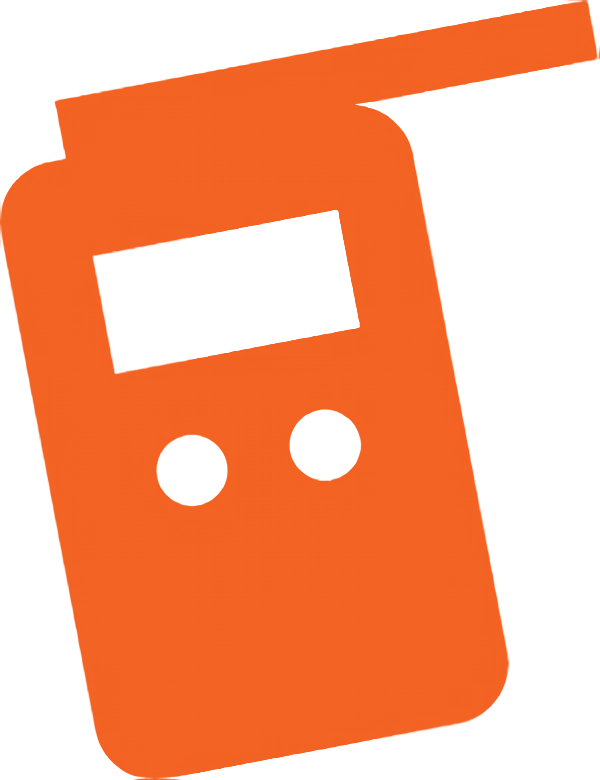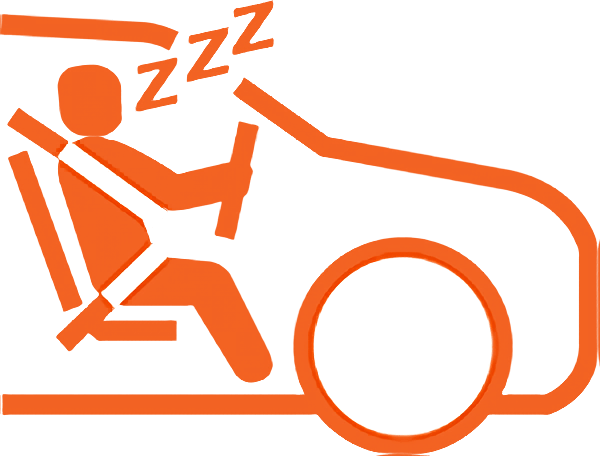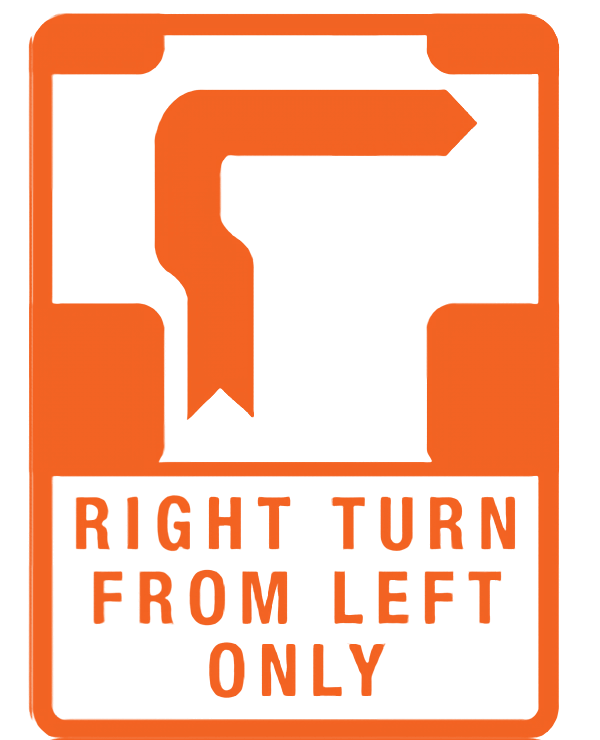- Forgot username?Forgot Customer Number?
- Forgot password?
- Not You?
- Need an account? Create an Account
-
Create an Account
Not a Member? Join Now
lbl.prof.createAccountMsg,budgetlbl.prof.signInMoreOpt,budgetlbl.prof.moreLoginOpt,budget
- If you already have a 6 digit Wizard number, Go Here!
VERIFICATION CODE OPTION
VERIFICATION CODE VIA SMS
VERIFICATION CODE VIA EMAIL
For added security, we will send you a verification code to verify your identity.
Please choose a way to receive your verification code.
Receive by Text:
{{vm.securityAssessmentSummary.otpTokenverifiers.phoneNumber.value}}
Receive by Email:
{{vm.securityAssessmentSummary.otpTokenverifiers.emailAddress.value}}
VERIFICATION CODE
Resend Verification Code.
ACCOUNT LOCKED
Sorry, the maximum number of attempts has been reached. For your security your account has been locked.
To activate your account, click on the link we sent to your email at {{vm.securityAssessmentSummary.otpTokenverifiers.emailAddress.value}}
EMAIL SENT
Email to reactivate your account sent.
PASSWORD EXPIRED
RESET PASSWORD
If you did not receive an email please check your junk folder. For further assistance please contact our website team.
RESET PASSWORD
5-Star Safety
The National Highway Transportation Safety Administration from time to time rates vehicles for safety standards. Based on our last review, this vehicle was rated as a 5-star vehicle. Please note these ratings are subject to change and reflect our last review.
msg.corporateAccount.savingsMessage,budget
msg.corporateAccount.sameCompanySuccessMessage,budget
msg.corporateAccount.differentCompanySuccessMessage,budget
msg.corporateAccount.workinginCompanyMessage,budget {{vm.cbpCustomer.accountName}} ?
msg.corporateAccount.verifyIdAtCounterMsg,budget
msg.corporateAccount.youCanAlways,budget msg.corporateAccount.addNewDiscountNumberMessage,budget msg.corporateAccount.ifYouhaveOne,budget
SAFE DRIVING AUSTRALIA SAFE DRIVING AUSTRALIA
Enjoy the drive - safely in Australia with Budget
Explore the great outdoors of Australia’s wilderness and unspoiled beaches. From the coastlines of Sydney’s Bondi beach to Perth’s Scarborough beach, or even the beauty of nature’s wildlife in national parks. With so much to offer here, the easiest way to get around is by using a rental car.
Whilst you take your road trips, long or short, across the country, it is always important that our customers (you!) are safe and sensible when driving on Australian roads. Some states have some interesting techniques which will be useful for you to familiarise yourself with prior to your adventure; like the infamous ‘hook turn’ in Victoria. For general and specific information on safe driving in each of our states, please visit the state by state road rules section found below.
|
Seat BeltsBuckle up! Seat belts save lives. By law, seatbelts must be worn at all times when travelling (including rear seat belts). Child safety seats are available from Budget Australia locations – subject to availability. |
||||||||||
|
|||||||||||
 |
Keep LeftIn Australia we drive on the left side of the road, the same as in Britain. The steering wheel and the pedals are on the right side of the car. On multi-lane highways and freeways, you should always use the far left lane. When travelling on multi-lane roads, if the posted speed limit is over 80km/h or if the road has a ‘keep left unless overtaking’ sign, you must drive in the left lane unless you want to overtake or turn right. Overtake only when it is safe to do so, and if you have any doubts it is best to stay in your lane and wait until it is safe. |
||||||||||
|
|||||||||||
|
Speed LimitsEnjoy the drive but remember to adhere to all speed limits. Below is a guide only with a conversion from kilometres to miles. Speed limits in Australia vary, however they are clearly signposted and are in kilometres. Below is a guide only with a conversion from kilometres to miles. If you see an emergency vehicle, tow trucks or breakdown assistance on the side of the road please remember to slow down safely. If travelling in a speed zone of 80km/h slow down to 40km/h or less when passing. And if you’re in a zone of 90km/h or more, slow down to a safe speed and move to the next lane if it is safe to do so to give them space.
|
||||||||||
|
|||||||||||
|
Speeding & Speed CamerasYou wouldn't want this photo on your trip, mobile speed cameras can be found throughout the country and are are placed in unmarked vehicles, near traffic lights and along highways/freeways. Australian Police enforce a low tolerance approach to speeding drivers and if you are caught speeding in a rental car you are responsible for any fines incurred and any administration charges related to the fine. When driving past a school zone, which is located at all schools, there is a speed limit of 40km/h. The school zone limit only applies in between the 'school zone' signs and on school days and times when the sign is flashing. |
||||||||||
|
|||||||||||
|
Drink Driving & Random Breath TestingDon't drink and drive. Random breath testing is carried out in Australia and heavy penalties and fines apply if convicted of driving under the influence of alcohol. For full licence holders (including international), you must not drive if you have consumed more than the legal alcohol limit. The legal limit is 0.05BAC (Blood Alcohol Concentration) which is 50 milligrams of alcohol per 100 millilitres of blood. Alcohol affects every individual differently, no two people’s BAC will be the same and this is due to many factors, including: your size and weight, gender, liver function, recent food consumption and general health condition. It is best to be safe and if you plan on drinking, please do not drive and call a Taxi instead. |
||||||||||
|
|||||||||||
|
Mobile PhonesWe know how exciting it is to be driving on your trip and wanting to capture the moment. However to limit distraction whilst driving on the road, a driver must not:
A driver may, while driving a vehicle:
|
||||||||||
|
|||||||||||
|
Driving TimeAustralia has a lot of land mass, coming at just 7 692 024 km2 and the diameter wider than the moon. This sometimes means your adventures can consist of travelling hundreds of kilometres between major cities. And in outback areas, it may be thousands of kilometres between towns, so it’s important the driver of the vehicle is well rested before starting a long trip. Be realistic about travel times and allow at least 12-14 hours to drive a distance of 1,000 kilometres. This does not include breaks, however, we recommend taking a break every two hours. Avoid driving late at night or early in the morning. The main highways in Australia are all sealed tarmac and all signposts are in kilometres (1km = 6/10 of one mile). Want to see if you need more rest before your next drive? Take the Tired Test click here. |
||||||||||
|
|||||||||||
|
Drivers LicenceRenters must hold a Non-Provisional Australian or overseas driver’s licence for at least 12 months. Note: If the Overseas driver’s licence is not in English it must be accompanied by an International Driver’s Permit in English. Ask Budget for full details. |
||||||||||
|
|||||||||||
|
Avoiding FatigueStop – Revive – Survive Sometimes the journey is all about the drive. Be careful in driving long distances as driving fatigue is a problem when travelling the great outback of Australia. We recommend to stop at least every two hours. |
||||||||||
|
|||||||||||
|
Victoria - Hook TurnsThe infamous ‘Hook turn’ in and around Melbourne is used around the intricate tram system that runs along the road. A hook turn is a right hand turn from the left lane, to allow trams to continue operating. Read up on Hook Turns at the VicRoads website. |
||||||||||
|
|||||||||||
Misunderstood Road Rules
For more guidance on road rules the following video links may be able to assist.
- Roundabouts
- Pedestrians
- Merging
- Keeping Left
- Headlights
- U-Turns
- Safe Following Distance
- School Zones
- Yellow Lights
Safe Driving & Road Rules by State
Driving rules and regulations differ per state, here is a helpful list of Government websites that explain the rules in further details:
- New South Wales (NSW)
- Victoria (VIC)
- Queensland (QLD)
- South Australia (SA)
- Western Australia (WA)
- Northern Territory (NT)
- Tasmania (TAS)
- Australian Capital Territory (ACT)
The information here should be used as a guide only and is subject to change without notice. For the most up to date information please contact the local roads authority and police. Updated December 2020.
Enjoy the drive - safely in Australia with Budget
Explore the great outdoors of Australia’s wilderness and unspoiled beaches. From the coastlines of Sydney’s Bondi beach to Perth’s Scarborough beach, or even the beauty of nature’s wildlife in national parks. With so much to offer here, the easiest way to get around is by using a rental car.
Whilst you take your road trips, long or short, across the country, it is always important that our customers (you!) are safe and sensible when driving on Australian roads. Some states have some interesting techniques which will be useful for you to familiarise yourself with prior to your adventure; like the infamous ‘hook turn’ in Victoria. For general and specific information on safe driving in each of our states, please visit the state by state road rules section found below.
|
Seat BeltsBuckle up! Seat belts save lives. By law, seatbelts must be worn at all times when travelling (including rear seat belts). Child safety seats are available from Budget Australia locations – subject to availability. |
|||||||||
|
Keep LeftIn Australia we drive on the left side of the road, the same as in Britain. The steering wheel and the pedals are on the right side of the car. Overtake only when it is safe to do so, and if you have any doubts it is best to stay in your lane and wait until it is safe. |
|||||||||
|
Speed LimitsEnjoy the drive but remember to adhere to all speed limits. If you see an emergency vehicle, tow trucks or breakdown assistance on the side of the road please remember to slow down safely.
|
|||||||||
|
Speeding & Speed CamerasYou wouldn't want this photo on your trip, mobile speed cameras can be found throughout the country and are are placed in unmarked vehicles, near traffic lights and along highways/freeways. Australian Police enforce a low tolerance approach to speeding drivers and if you are caught speeding in a rental car you are responsible for any fines incurred and any administration charges related to the fine. When driving past a school zone, which is located at all schools, there is a speed limit of 40km/h. |
|||||||||
|
Drink Driving & Random Breath TestingDon't drink and drive. Random breath testing is carried out in Australia and heavy penalties and fines apply if convicted of driving under the influence of alcohol. For full licence holders (including international), you must not drive if you have consumed more than the legal alcohol limit. Alcohol affects every individual differently, no two people’s BAC will be the same and this is due to many factors, including: your size and weight, gender, liver function, recent food consumption and general health condition. |
|||||||||
|
Mobile PhonesWe know how exciting it is to be driving on your trip and wanting to capture the moment.
A driver may, while driving a vehicle:
|
|||||||||
|
Driving TimeAustralia has a lot of land mass, coming at just 7 692 024 km2 and the diameter wider than the moon. Be realistic about travel times and allow at least 12-14 hours to drive a distance of 1,000 kilometres. Want to see if you need more rest before your next drive? Take the Tired Test click here. |
|||||||||
|
Drivers LicenceRenters must hold a Non-Provisional Australian or overseas driver’s licence for at least 12 months. Note: If the Overseas driver’s licence is not in English it must be accompanied by an International Driver’s Permit in English. Ask Budget for full details. |
|||||||||
|
Avoiding FatigueStop – Revive – Survive Sometimes the journey is all about the drive. We recommend to stop at least every two hours. |
|||||||||
|
Victoria - Hook TurnsThe infamous ‘Hook turn’ in and around Melbourne is used around the intricate tram system that runs along the road. Read up on Hook Turns at the VicRoads website. |
Misunderstood Road Rules
For more guidance on road rules the following video links may be able to assist.
- Roundabouts
- Pedestrians
- Merging
- Keeping Left
- Headlights
- U-Turns
- Safe Following Distance
- School Zones
- Yellow Lights
Safe Driving & Road Rules by State
Driving rules and regulations differ per state, here is a helpful list of Government websites that explain the rules in further details:
- New South Wales (NSW)
- Victoria (VIC)
- Queensland (QLD)
- South Australia (SA)
- Western Australia (WA)
- Northern Territory (NT)
- Tasmania (TAS)
- Australian Capital Territory (ACT)
The information here should be used as a guide only and is subject to change without notice. For the most up to date information please contact the local roads authority and police. Updated December 2020.


